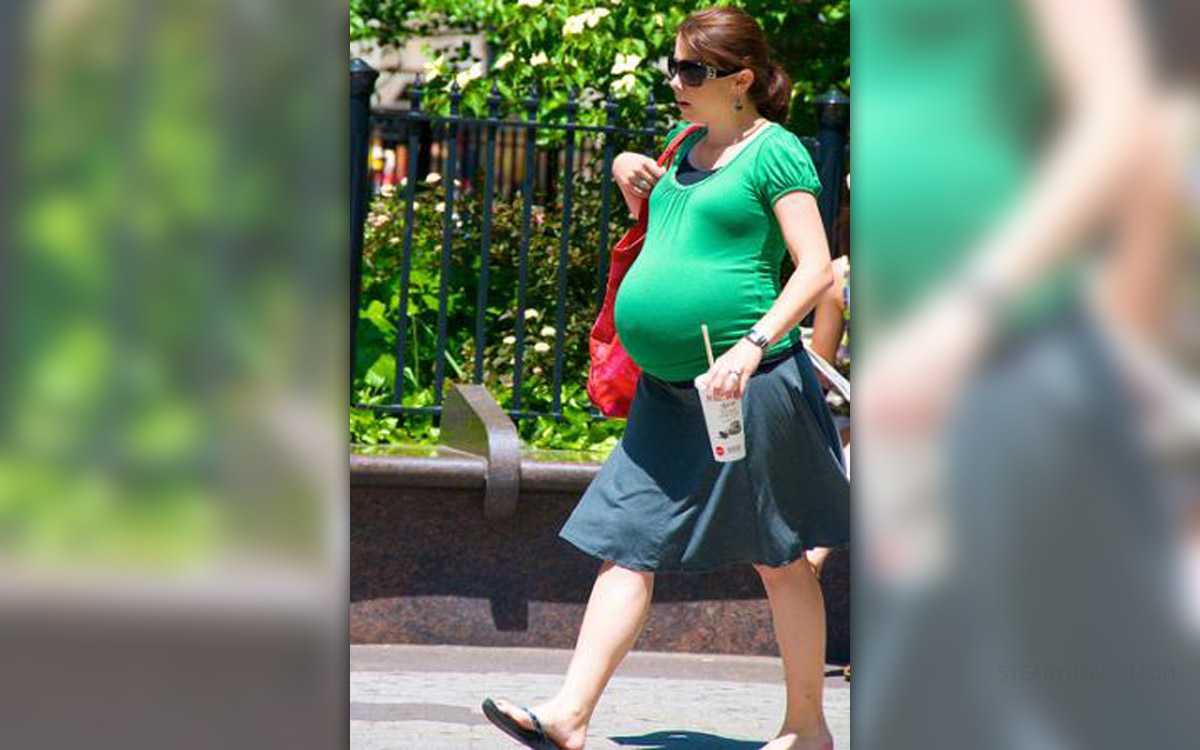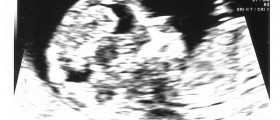
Women may experience two types of contractions during pregnancy. The first group of contractions is Braxton-Hicks contractions and the second one is labor contractions. Braxton-Hicks contractions are also known as false labor.
Braxton-Hicks Contractions
Braxton-Hicks contractions are not actual labor contractions. They represent sporadic uterine contractions that develop approximately 6 weeks after the pregnancy has started. Braxton-Hicks contractions make the cervix softer. These contractions got their name after John Braxton Hicks, English doctor who first defined these specific pregnancy contractions.
A pregnant woman, however, is not able to feel them this early. They are generally first felt in the middle of the pregnancy. It is also possible for a pregnant woman not to feel Braxton-Hicks contractions at all. Braxton-Hicks contractions tend to occur more often during the rest of the pregnancy. In the last weeks of the pregnancy these contractions can become infrequent and irregular. One more thing worth mentioning is that these contractions are painless. In some cases it is impossible to make a difference between Braxton-Hicks contractions and early signs of preterm labor.
A woman who can feel Braxton-Hicks contractions may report tightening of the uterus at irregular intervals and may also complain about squeezing sensation in the lower abdomen. These contractions tend to occur in the afternoon or in the evening. And finally, Braxton-Hicks contractions occur more in women who are tired and those engaged in a lot of physical activity.
Labor Contractions
Normal pregnancy lasts between 37 and 42 weeks. Labor contractions represent an introduction to childbirth. They occur at regular intervals and generally move from the back to the lower abdomen. They last approximately 30-70 seconds and become more intensive and frequent over time. Even prior to labor contractions a woman may experience cramps and discomfort weeks before delivery.
Even though the exact trigger of the labor is not identified, a pregnant woman whose labor has started commonly reports the feeling that the baby is settled low in the belly and may have increased vaginal discharge (clear, pink or slightly bloody). Vaginal discharge occurs either a few days prior delivery or on the very day of the delivery. One more typical sign of delivery is leakage of fluid from the vagina.
Preterm Labor
Preterm labor is, having labor contractions which occur prior to the 37th week of the pregnancy. Preterm labor may affect any woman and it is essential to recognize symptoms and signs of preterm labor and react promptly. A woman is due to consult a doctor and to be driven straight to the hospital.

















Your thoughts on this
Loading...